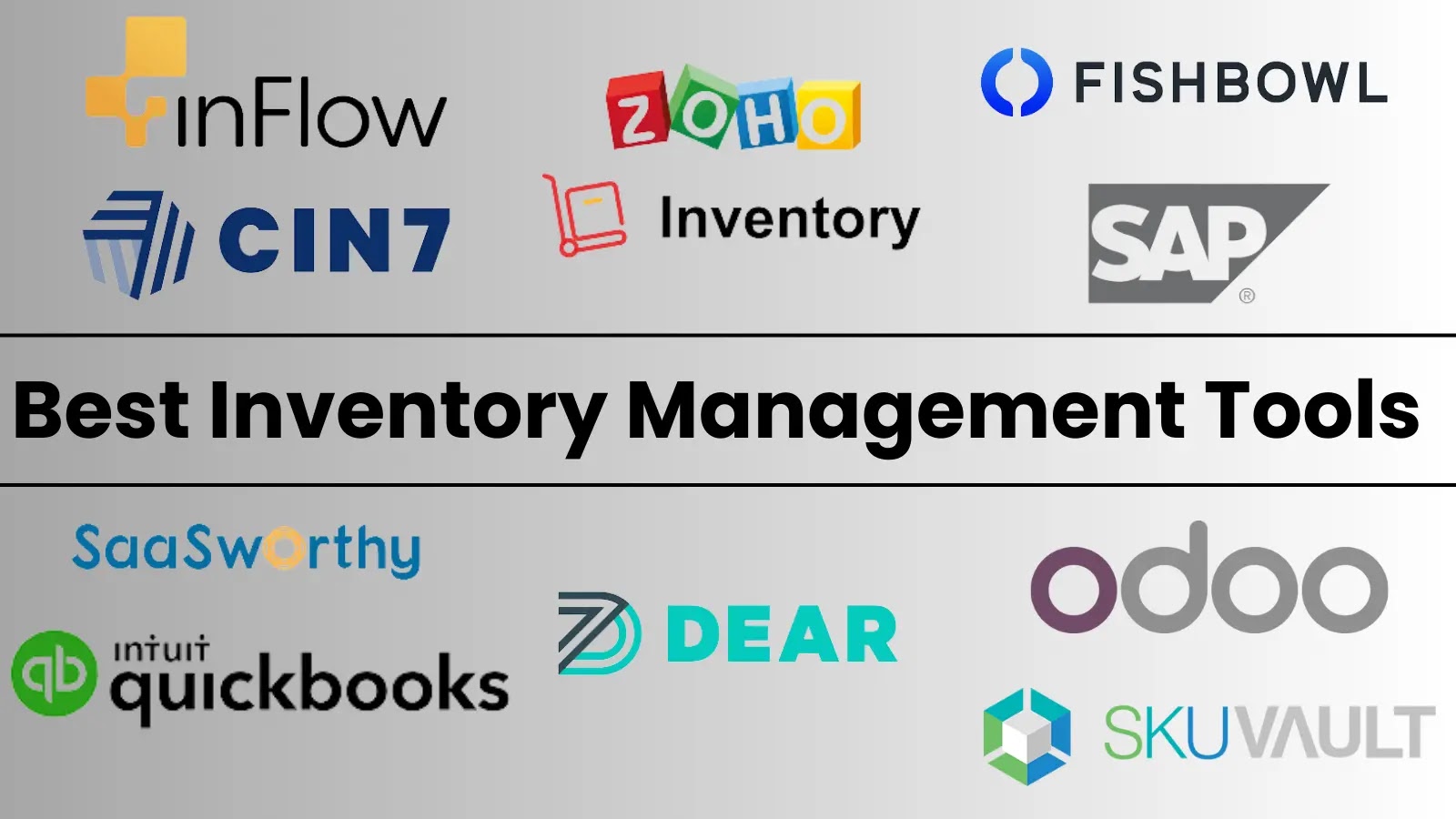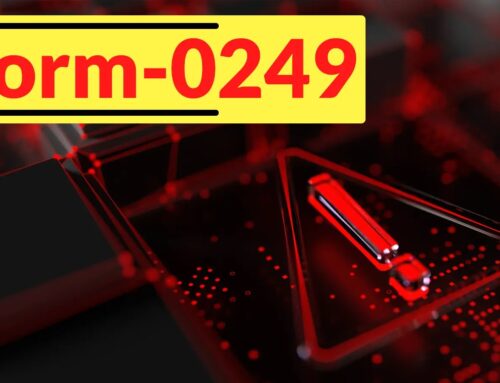
20 Best Inventory Management Tools in 2025
Navigating the Supply Chain: Why Intelligent Inventory Management is Non-Negotiable in 2025
In the intricate tapestry of modern business operations, the efficient management of physical and digital assets is paramount. For organizations reliant on physical goods, from sprawling logistics networks to specialized retail outfits, mismanaged inventory can be a silent killer of profitability and operational efficiency. Stockouts disappoint customers, overstocking ties up valuable capital, and inaccurate data cascades into widespread operational inefficiencies. The year 2025 demands a proactive, technologically advanced approach to this challenge. This article, drawing insights from leading cybersecurity and business intelligence sources, explores the critical role of sophisticated inventory management tools and spotlights the top contenders poised to redefine efficiency in the coming year.
The Imperative of Inventory Management Tools
At its core, an inventory management tool is designed to streamline the tracking and management of stock levels, orders, sales, and deliveries. These systems provide real-time visibility into inventory across multiple locations, an essential feature for maintaining accurate stock levels and significantly reducing the risk of costly overstocking or debilitating stockouts. The benefits extend far beyond simple tracking:
- Optimized Stock Levels: Predictive analytics help forecast demand, minimizing holding costs while ensuring product availability.
- Enhanced Operational Efficiency: Automated processes reduce manual errors and free up staff for more strategic tasks.
- Improved Customer Satisfaction: Accurate inventory data means fewer backorders and faster fulfillment, directly impacting customer loyalty.
- Reduced Waste and Spoilage: Especially critical for perishable goods, managing inventory efficiently mitigates losses.
- Better Financial Planning: Real-time insights into asset value and turnover directly inform budgeting and investment strategies.
Advanced inventory management systems often integrate features like barcode scanning, which automates the updating of inventory counts and significantly reduces human error. They also commonly include robust reporting capabilities, offering deep insights into inventory movement, sales trends, and supplier performance.
Key Features of Leading Inventory Management Tools
As we look to 2025, the best inventory management tools will offer a comprehensive suite of features designed to handle the complexities of modern supply chains. Beyond basic tracking, look for:
- Multi-Location Support: Seamless management of inventory across warehouses, retail stores, and distribution centers.
- Order Management Integration: Connecting directly with sales channels (e-commerce, POS) and purchasing systems.
- Barcode and RFID Scanning: For rapid, accurate, and automated inventory updates.
- Demand Forecasting: Leveraging historical data and machine learning to predict future stock needs.
- Lot and Serial Number Tracking: Essential for quality control, warranty tracking, and regulatory compliance.
- Returns Management: Streamlining the process of handling returned goods.
- Supplier Relationship Management (SRM): Tools to manage vendor information, purchase orders, and delivery schedules.
- Reporting and Analytics: Customizable dashboards and reports for actionable insights into inventory performance.
- API Integrations: The ability to connect with other critical business systems like ERP, CRM, and accounting software.
20 Best Inventory Management Tools in 2025 (Predicted Leaders)
While specific rankings can shift, the following tools are anticipated to be leaders in 2025 due to their robust features, scalability, and commitment to innovation:
- Netsuite Inventory Management: A powerful, cloud-based solution ideal for businesses seeking an all-in-one ERP suite.
- SAP Business One: Comprehensive ERP capabilities with strong inventory modules, suitable for growing SMEs.
- Oracle SCM Cloud: Enterprise-grade supply chain management, offering extensive inventory optimization features.
- Fishbowl Inventory: Popular for QuickBooks integration, offering robust features for manufacturing and wholesale.
- Cin7: Known for its extensive e-commerce and EDI integrations, suitable for multichannel retailers and wholesalers.
- Brightpearl: Designed for retail and wholesale, offering ERP, inventory, and order management in one platform.
- Acumatica Cloud ERP: Flexible and scalable, offering strong inventory and warehouse management features.
- Zoho Inventory: A cost-effective cloud solution ideal for small to medium-sized businesses, packed with essential features.
- TradeGecko (now QuickBooks Commerce): Strong for e-commerce brands, focusing on order and inventory sync.
- Khaos Control: A complete business management system including strong inventory and stock control.
- Dear Inventory (now Cin7 Core): Offers robust features for manufacturers, wholesalers, and retailers.
- Vend (now Lightspeed Retail): Combines POS and inventory management, ideal for retail stores.
- inFlow Inventory: User-friendly software for small businesses, offering desktop and cloud options.
- Finale Inventory: Specialized for high-volume operations, focusing on warehouse management and efficiency.
- Stitch Labs (now a part of Shopify): Provides multi-channel inventory control, particularly useful for e-commerce.
- Megaventory: A cloud-based solution for manufacturing, retail, and wholesale businesses.
- Odoo Inventory: Open-source flexibility, highly customizable for various business needs.
- Linnworks: Specializes in e-commerce automation, including detailed inventory and order management.
- Unleashed Software: Cloud-based inventory management for manufacturers, distributors, and wholesalers.
- Plex Manufacturing Cloud: A comprehensive solution for discrete and process manufacturing, including inventory.
Remediation Actions: Securing Your Inventory Systems
While inventory management tools streamline operations, their integration into a company’s critical infrastructure also introduces potential cybersecurity considerations. Protecting these systems from unauthorized access, data breaches, and operational disruptions is paramount.
- Regular Security Audits: Conduct frequent penetration testing and vulnerability assessments on your inventory management systems and their interconnected networks. Address identified weaknesses promptly. For instance, vulnerabilities like CVE-2023-38831 (related to Apache ActiveMQ and potential for information disclosure) or CVE-2023-49070 (in certain web applications allowing for authentication bypass) applied to components of your inventory solution could be critical exposure points. Investigate security advisories relevant to your chosen platform and underlying technologies.
- Access Control: Implement robust Role-Based Access Control (RBAC) to ensure that only authorized personnel have access to specific inventory data and functionalities. Follow the principle of least privilege.
- Data Encryption: Ensure all sensitive inventory data, both in transit and at rest, is encrypted. This includes database encryption and secure transmission protocols (e.g., HTTPS).
- Multi-Factor Authentication (MFA): Enforce MFA for all user logins, especially for administrative accounts.
- Vendor Security Assessment: For cloud-based solutions, thoroughly vet your vendors’ security practices, certifications (e.g., ISO 27001, SOC 2 Type 2), and incident response plans.
- Backup and Disaster Recovery: Implement comprehensive data backup and disaster recovery strategies to ensure business continuity in the event of a system failure or cyberattack.
- Employee Training: Train employees on cybersecurity best practices, including phishing awareness, strong password policies, and reporting suspicious activities.
- Patch Management: Keep all software, operating systems, and network devices associated with your inventory ecosystem updated with the latest security patches. This includes diligently applying patches for vulnerabilities like CVE-2023-38804 (potentially impacting web servers hosting inventory applications) or CVE-2023-4900 (affecting certain database systems).
Conclusion: The Strategic Edge of Smart Inventory Management
In the evolving landscape of 2025, inventory management transcends mere stock-taking; it is a strategic function that underpins operational resilience, financial health, and customer satisfaction. The right tool, coupled with stringent cybersecurity practices, transforms inventory from a logistical challenge into a competitive advantage. As businesses continue to optimize their supply chains and embrace digital transformation, investing in a robust, intelligent inventory management solution is not just an option—it is an absolute necessity for sustainable growth and market leadership.





